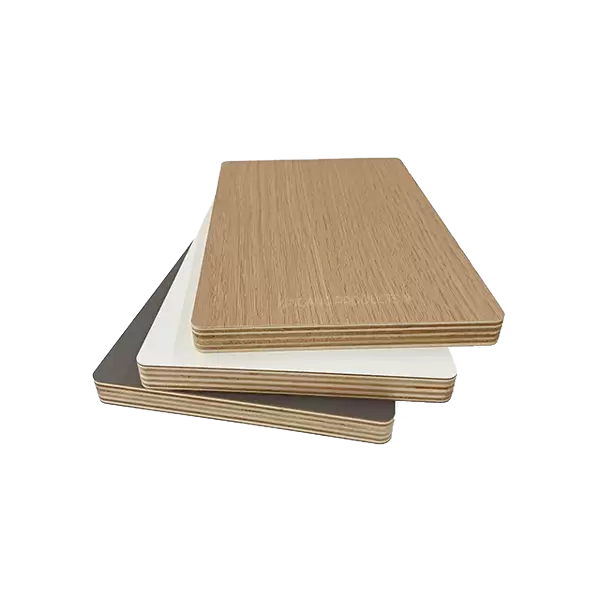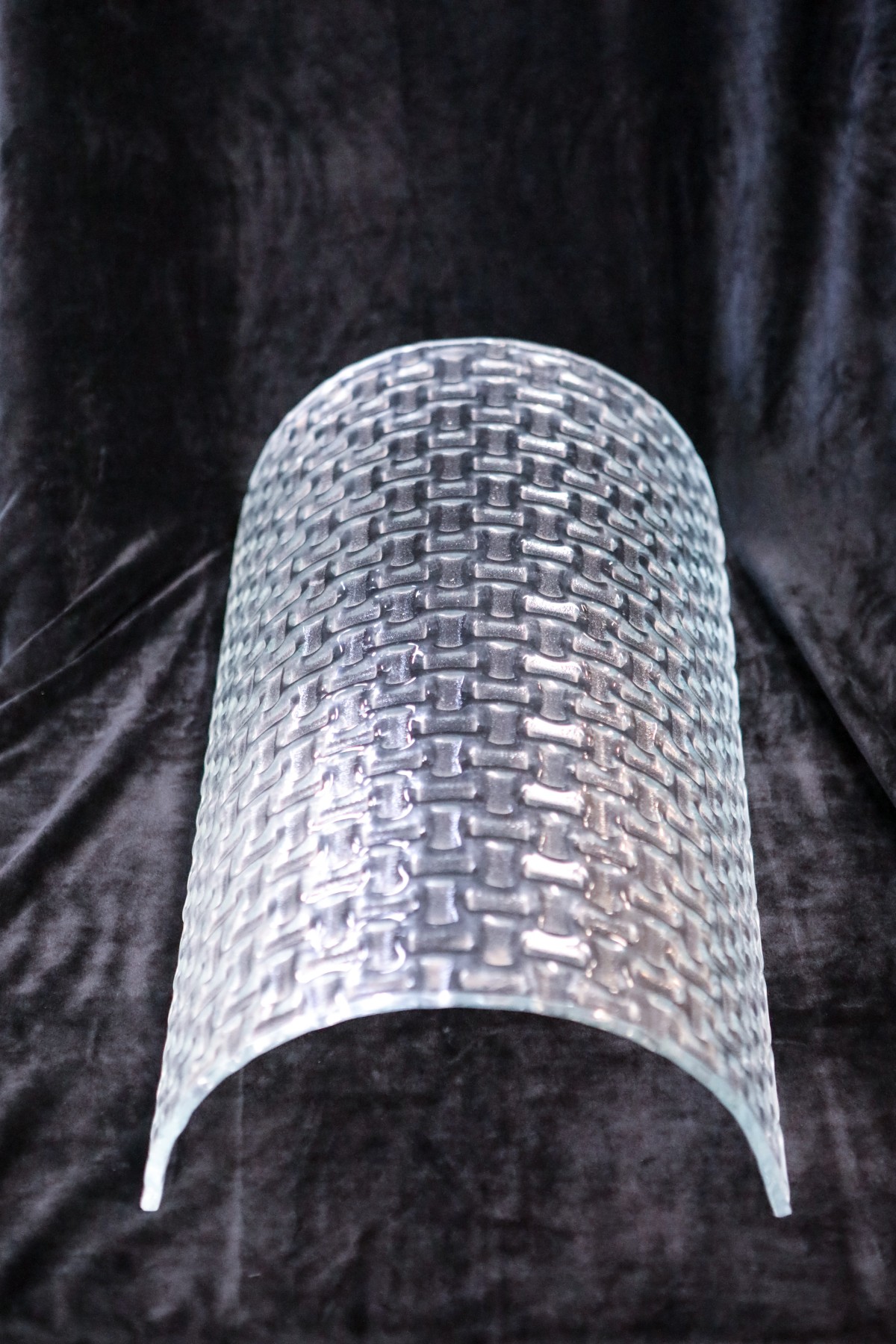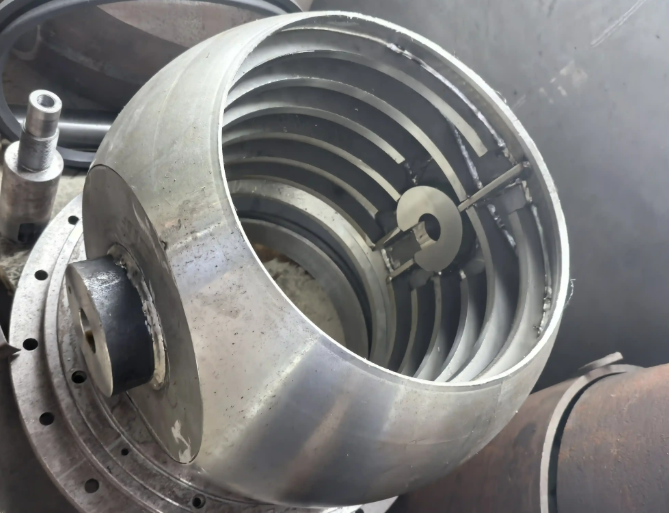Dividers, a fundamental tool used for separating or dividing spaces, have found their utility across a wide range of industries. From architecture and interior design to manufacturing and engineering, dividers play a crucial role in enhancing functionality, aesthetics, and efficiency. In this comprehensive blog post, we will explore the diverse applications of dividers, shedding light on their significance and impact in different sectors.
- Architecture and Interior Design:
Dividers serve as essential elements in architectural and interior design, enabling the creation of distinct spaces within a structure. Whether it's dividing a room into separate areas or creating privacy in open-plan offices, dividers offer flexibility and adaptability. They can be crafted from various materials, such as glass, wood, or metal, to complement the overall design scheme while providing functionality. - Manufacturing and Warehousing:
In the manufacturing industry, dividers are employed to optimize workflow and enhance productivity. They are used to segregate different stages of production, ensuring efficient utilization of space and preventing cross-contamination. Dividers also find their application in warehouses, where they facilitate organized storage, easy access to goods, and improved inventory management. - Healthcare and Laboratories:
Dividers play a critical role in healthcare settings, providing privacy and creating separate areas for patient care. In hospitals, they are used to partition rooms, ensuring infection control and maintaining patient confidentiality. Laboratories utilize dividers to establish distinct workspaces, preventing cross-contamination and maintaining sterile environments. - Education and Training:
In educational institutions, dividers are utilized to create temporary classrooms or partition large halls for multiple activities simultaneously. They enable efficient space utilization, allowing schools and universities to accommodate a larger number of students. Dividers also find their application in training centers, where they create separate areas for different training sessions or workshops. - Events and Exhibitions:
Dividers are extensively used in event management and exhibition setups. They help in creating designated areas for various activities, such as registration counters, exhibition booths, seminar rooms, and refreshment zones. Dividers also contribute to crowd management, ensuring smooth flow and organization during large-scale events. - Retail and Commercial Spaces:
In retail stores and commercial spaces, dividers are employed to create distinct sections for different product categories or brands. They aid in visual merchandising, allowing retailers to showcase their products effectively. Dividers also contribute to creating a pleasant shopping experience by organizing the space and guiding customers through the store.
Conclusion:
From their role in architecture and interior design to their significance in manufacturing, healthcare, education, events, and retail sectors, dividers have proven to be indispensable tools. Their versatility, functionality, and aesthetic appeal make them an essential component in various industries. By understanding the diverse applications of dividers, professionals can harness their potential to optimize space utilization, enhance productivity, and create well-organized environments.






